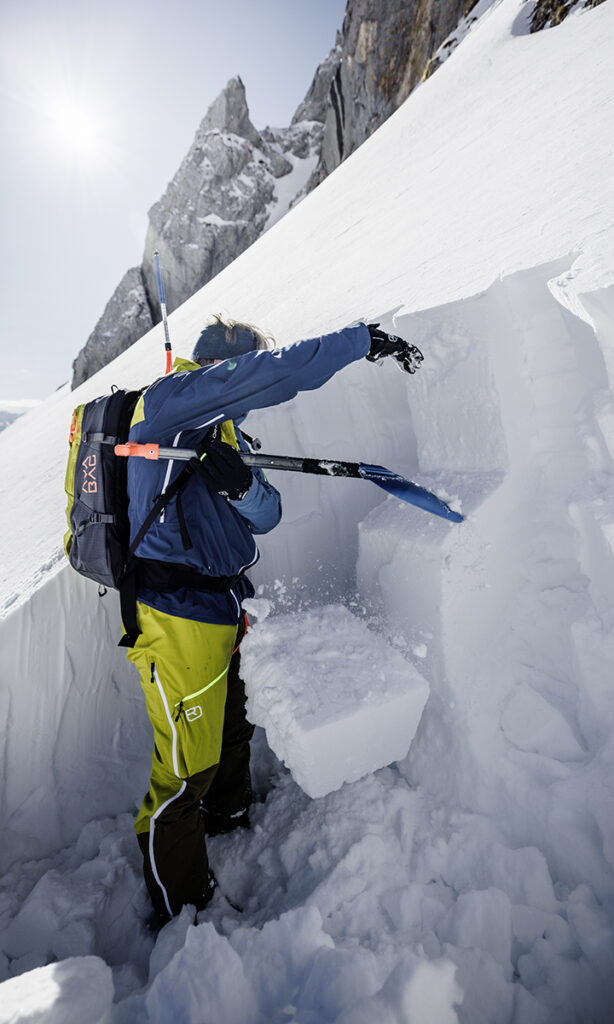The other day I wrote about learning how to use an ice axe properly, and what it had to do with practicing for your presentations. Today, since we’re in winter, the snow theme will continue, but the point changes to understanding your audience.
Here we go…
One thing I realized about the time I was taking that ice axe class is that snow can pretty easily kill you if you don’t know how to respect it. So I, being by nature a cautious person, took a class on snowpack analysis.
One thing I really enjoyed about this class was that in the land of snowpack analysis the opportunity to get geeky is nearly infinite. There are even doctoral dissertations written on the subject, and they contain graphs with more math than you can shake a stick at.
But my needs and motivations didn’t require going nearly that deep, so the first couple minutes of class were enough for me, and I could spend the rest of the time essentially staring out the window (in other words, looking around and marveling at the scenery).
In snowpack analysis you dig your shovel down towards the ground to expose the various layers of snow, like this:

Basically, you’re asking yourself questions such as: Is there one layer of snow sitting on top of another layer of snow, separated by a slippery layer of ice? In other words, are you dealing with a slab avalanche waiting to happen? Is the snow packed hard, or is it soft and fluffy? Which is common on the leeward side of the hill, where snow falls gently without the wind to pack it.
You see, that snowpack is not just one big sheet of white. It’s a bunch of layers, all of them with their own personalities, and you need to know what those layers and personalities are.
And now we come to what this has to do with your presentations: When you walk into the room, you might see one mass of people staring at you. The reality, however, is that what appears to you to be one mass is actually a bunch of groups of people with very different ways of looking at things.
There are the idea people, and they are looking at your ability to articulate your idea clearly and in just a few words. There are the data people, and they want lots of charts and numbers that support your point. And there are the designers, who will be offended by your use of that shade of red.
Just like you do in snowpack analysis, you need to see that you are not dealing with one mass of sameness, you are dealing with different groups, and those groups are interacting with each other in ways that are too big for you to control, you just have to ride the wave (sorry for mixing my metaphors).
Fortunately, since most of the time you will be presenting to organizations you already know pretty well, you will already have a pretty good idea what different groups your audience includes.
For those occasions when you are presenting to an audience you don’t know well, do as much research on the makeup of that audience as you can. In other words, dig your shovel to the ground and see what you’re about to deal with.
